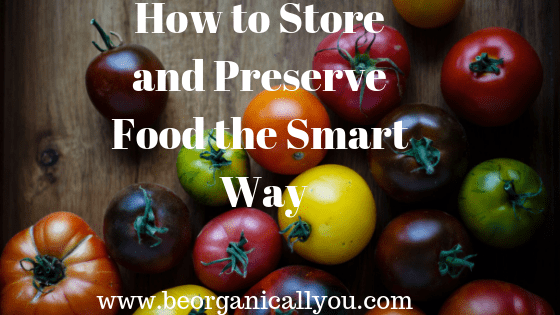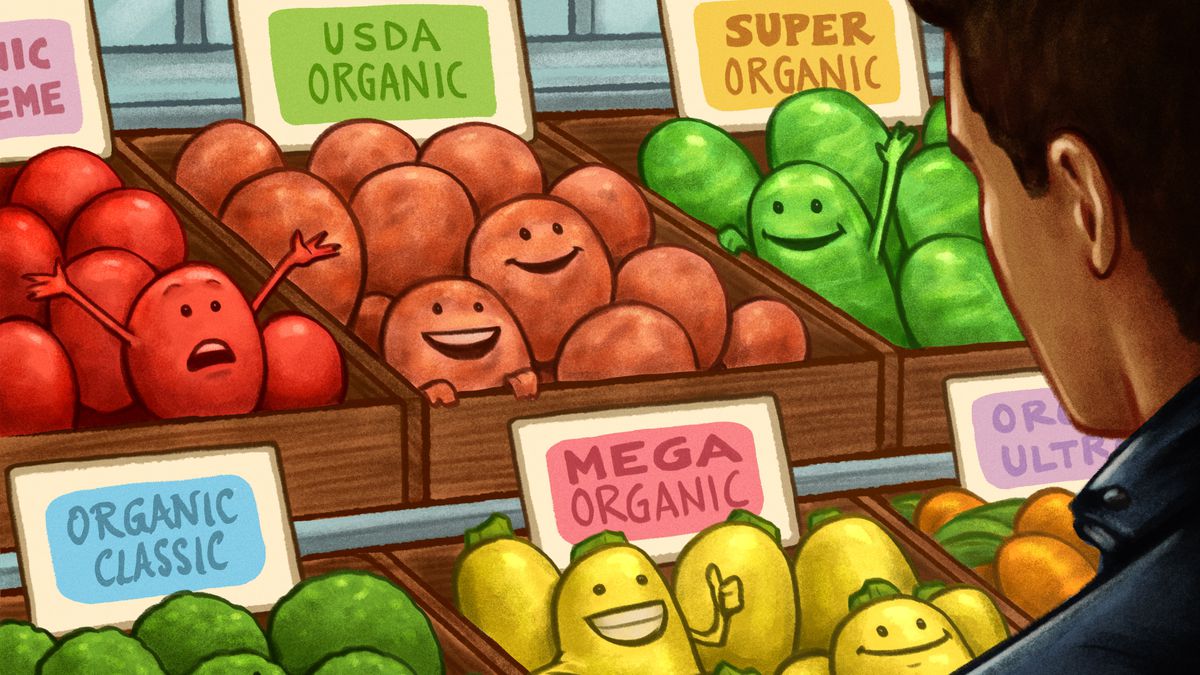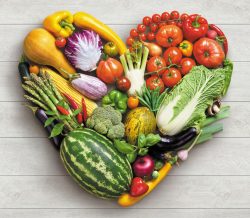5 Types of Food Additives That Can Make You Sick

Food Additives
What are Food Additives?
A food additive is simply anything added to a food during its production, processing, or packaging. It’s almost impossible for companies to keep food additives out of processed foods so unless you grow and process your own food; you definitely consume a lot of it on a daily basis.
In the past, food additives were sparingly used in food processing except for natural ones such as salt, sugar, caffeine, fats, alcohol, vinegar, and a few artificial ones. These days, the U.S. Food and Drug Administration (FDA) regulates more than 3,000 additives.
Although there are thousands of food additives as listed by the FDA, they can be grouped into five main classes based on their functions. These classes are discussed in detail below.
Preservatives
In order to store foods for several months or years with its nutrients remaining intact, preservatives have to be used. These preservatives help to prevent oxidation thereby slowing down the deterioration of some stored nutrients. In some cases, nutrients are unavoidably lost during processing due to the various methods used.
For example, modern flour is usually milled on high-speed rollers and the heat generated by these machines is enormous, leading to the diminution of the grain’s natural nutrients.
In order to compensate for this loss of nutrients, flour is fortified with added vitamins. Iodine in salt and vitamin D in milk are other additives added in order to improve the nutrients in flour thereby boosting its impact on consumer’s health.
Texturizers
Certain foods are required to have a particular texture in order to make them presentable and eatable. Emulsifiers are examples of texture improving additives as they help fatty and watery ingredients blend smoothly creating a particular texture recognized by everyone; ice cream for example.
Several other texture-improving additives such as xanthan gum, guar gum, and carrageenan are used as stabilizers and thickeners for low-fat or gluten-free foods.
Acidity Control Additives
Some ingredients and fruits naturally contain acids; however, the presence of acid control additives makes foods and drinks produced with such ingredients taste good. Fruit juice is a typical example.
Another source of acids in foods are natural color compounds such as anthocyanins in purple cabbage. These compounds are highly sensitive to changes in pH and the only way with which food-producing companies can regulate their acidity is by applying appropriate amounts of acid control additives.
Flavoring and Coloring Additives
Flavors and colors are very important substances that give different foods their unique taste and look. Most flavorings including herbs and spices are natural, but others such as vanilla extract are artificially manufactured from chemicals or natural ingredients.
Colorings, just like flavorings, can be either natural or artificial. Artificial colorings are used to either enhance the original color of a particular food or used to add colors to food that are naturally colorless. For example, cakes can be made to have as many colors as possible with the help of color additives.
Safety Additives
One of the most important and basic uses of food additives is to preserve its safety and edibility. Salt is mainly used for this purpose; however, other ingredients used are nitrates and nitrites even though they are likely to cause cancer if excessively consumed.
Rancidity in foods is mainly caused by oxidation and the only way of preventing such occurrence is by using ascorbic acid, popularly known as Vitamin C. This compound functions like antioxidants to inhibit the oxidation of molecules in foods thereby reducing rancidity. Rancid fats have an unpleasant taste and are potentially carcinogenic in nature, hence the importance of safety additives.
Choose Organic
There are many concerns about additives in our food, but there is a way to avoid them. The easiest way is to eat only organic meat, grains, and produce, and simply skip everything else. Organic foods are grown or raised (in the case of animals for meat) without any chemicals or antibiotics. These foods are clean foods, which are the safest to eat.
Conclusion
Food additives have been used for several years to preserve, blend, flavor, color, and thicken foods. They have also played important roles in reducing nutritional deficiencies among customers. Most food additives are carefully studied, regulated, and monitored by appropriate agencies to ensure that they are entirely safe for consumption. However, the best option is to avoid them altogether.



